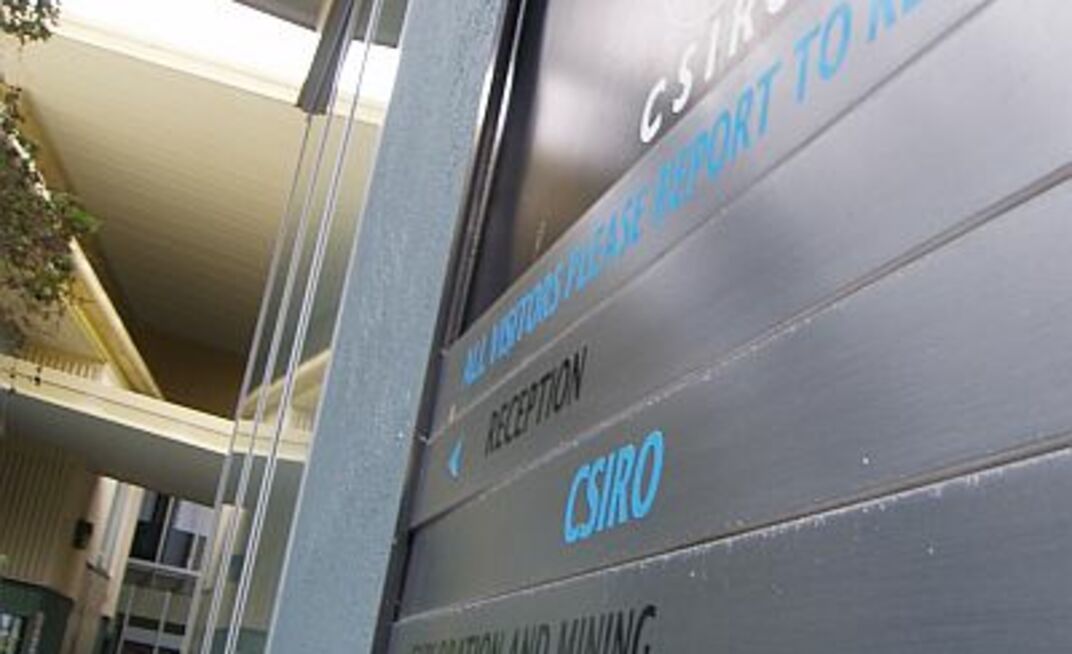Attendees at a September 2007 series of Roadway Development Operator workshops in Pokolbin, Penrith and Mackay outlined their vision for a remotely supervised continuous miner.
While the desire for a remotely supervised continuous miner primarily stems from initiatives to improve development productivity, the technology also offers the ability to remove the threat of an outburst or inrush during mining, and may potentially open up access to reserves previously considered unminable.
A remotely supervised continuous miner has the potential to improve operator health and safety by reducing exposure to dust, noise and heat and, with automation of bolting operations, eliminating repetitive strain injuries associated with this operation.
It is also expected that automation of bolting operations will lead to improved bolting standards, and hence more consistent and reliable strata support measures.
During the workshops, attendees outlined their "must haves" and what they desired in a machine.
Key to development of a remotely supervised continuous miner is the application of Inertial Navigation Systems that will enable the continuous miner to maintain azimuth, horizon, and grade control.
This is expected to spin off from the work carried out by the Queensland Centre for Advanced Technology (CSIRO) as part of ACARP's Longwall Automation Project.
Machine steering will also require sensing mechanisms, with online laser profiling of the roof and ribs potentially providing real time feedback on roadway conditions.
A remotely supervised continuous miner will need to have its automated bolters and roof containment handling activated simultaneously (the University of Wollongong recently gained ACARP funding to pursue automation of bolting and meshing systems).
According to attendees, it will also require an automated, flexible conveyor system to feed coal to the panel conveyor. The haulage system will also need to communicate via onboard computers with the continuous miner and other systems.
Again, LASC protocols developed as part of the Longwall Automation Project are expected to provide a suitable communications platform.
The projected rates of advance will necessitate that mine logistics systems be upgraded to enable consumables and materials to be supplied to the continuous miner in conjunction with operation of continuous haulage systems.
Alternatives considered include monorail materials handling systems, or integration of the materials handling system with the continuous haulage system. Handling and distribution of support consumables on the continuous miner also appears to offer significant challenges given current equipment configurations.
The attendees envisaged the operator to be a minimum of 250m from the miner and controlling the miner via a closed-circuit television (CCTV) connection where the head, tail and horizon control of the machine are visible, as well as machine monitoring and diagnostics.
To succeed the remotely supervised continuous miner will need to recognise changing conditions and adapt accordingly, including adapting to good and bad strata conditions.
ACARP's Roadway Development Task Group is detailing strategies to progress its CM2010 Project which aims to develop the various technologies required to support a high capacity mining system (10m per operating hour for 20 hours per day) by end 2010.
Proposed strategies will be outlined to participants at the upcoming series of Roadway Development Operators' Workshops in March 2008 (see ILN's events calendar for further details).
























